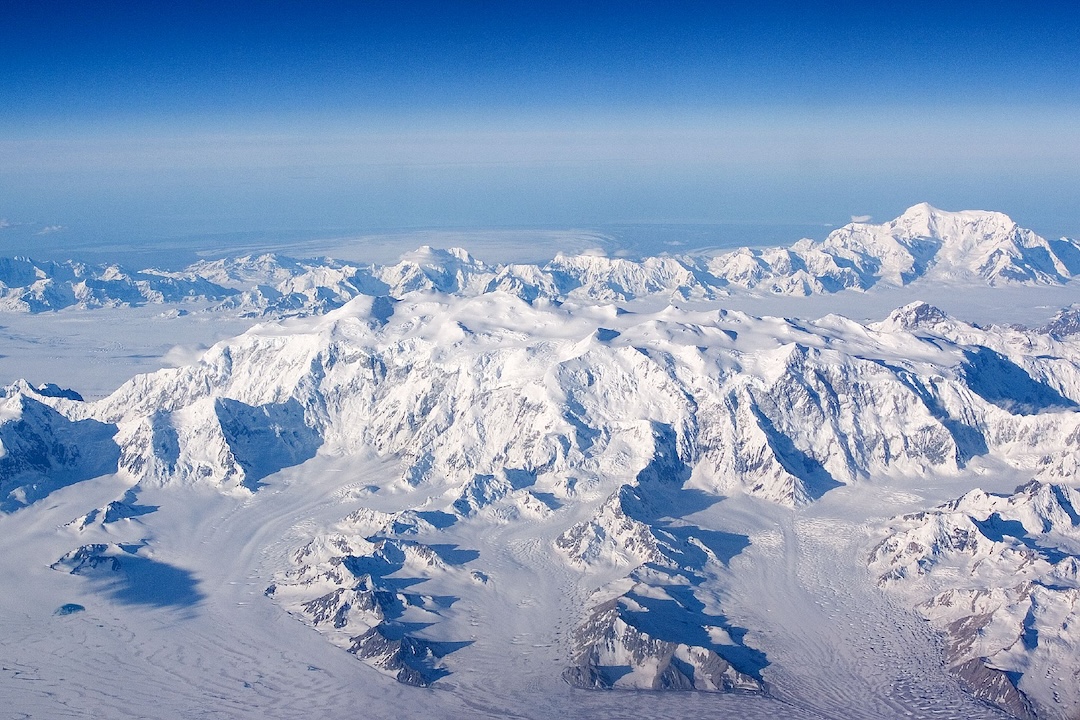Frostbite — Fatigue, Lack of Hydration and Nutrition
Canada, Yukon, Kluane National Park and Reserve, Mt. Logan

In late May, a group of three was attempting to climb King Trench (aka King’s Trench), the most frequented route up Mt. Logan (5,959 meters). Mt. Logan is the highest peak in Canada. This area of Kluane National Park and Reserve (KNPR) is known for harsh weather and its remote locale. The nearest airstrip is 150 kilometers away. King Trench is a ski-mountaineering objective that includes complex glacier travel. It takes most parties two to three weeks to complete, depending on weather and speed of acclimatization.
This group was at a high camp known as the Football Field (4,900 meters), generally the final camp before a summit attempt. Summit day is a committing 18-kilometer round trip. It requires climbers to go up and over Prospector’s Col (about 5,400 meters) and make a long traverse of the summit plateau to reach the top. Summit day requires excellent weather to complete safely.
The group of three had been stuck in bad weather for several days. As the weather started to clear late in the day on May 28, the team decided to make a resupply trip down to their food cache at King Col (about 4,100m). The team completed the trip and returned to high camp at 1 a.m. They were cold and exhausted, and immediately hopped in their sleeping bags to fall asleep. The next morning, one member had frostbite on most of their fingers and some of their toes. The climber was in pain and was unable to travel under their own power without causing further damage. They decided to contact KNPR Visitor Safety.
On May 29, the Visitor Safety team was notified of the need to evacuate the climber. The forecast called for clearing weather the next day. Three members of the Visitor Safety team were on a training and acclimatization trip on Mt. Steele, 60 kilometers northeast. Early on the morning of May 30, two helicopters picked up the Mt. Steele team, and they established a staging area at a base camp on King Trench. The weather was perfect, with clear conditions and light winds. The forecast called for a chance of afternoon buildup, so there was some urgency to complete the rescue early in the day.
The team did a recon of the rescue site and prepared to heli-sling a rescuer to the Football Field. A heli-sling rescue involves attaching a rescuer to the helicopter with a 30-meter line and flying suspended below the aircraft. This allows the helicopter to fly in clearer air and avoid a risky landing at high altitude.
The climbing party was told to dress the injured climber in their warmest clothes, cover all exposed skin, and prepare them to be quickly harnessed and clipped into the sling line. Upon arrival, a rescuer harnessed the patient and they were both slung down to base camp. The injured climber was assessed and transferred to a second helicopter. They were then flown to the Whitehorse Hospital frostbite clinic.
Analysis
A heli-sling mission at 4,900 meters is near any helicopter’s altitude limit. Weather conditions were ideal, and the rescue team had recently completed their annual high-altitude heli-sling training. The rescued climber was very fortunate, crediting their recovery to the evacuation speed and excellent care at the Whitehorse clinic.
The frostbitten climber had several learning points. First, the team got colder than anticipated during the half hour spent packing up camp at King Col. They put on heavy mittens to warm up, but the mittens were bulky and did not allow enough dexterity to keep their hands moving and blood flowing. Second, upon their return to camp, exhaustion drove them into their sleeping bags without taking time to eat, rehydrate, and make hot-water bottles. Although it did not feel cold enough for frostbite, exhaustion and altitude rendered them unaware of the cold and the rapid onset of frostbite.
The injured climber had moderate to severe frostbite on nine fingers and two toes. Thanks to efficient rescue and effective treatment, they did not require amputation and have retained full function. Though issues with pain and hypersensitivity remain, they are hopeful of improvement.
This party was lucky to get a good weather window the day after the injury occurred. In this mountain range, it is not uncommon to wait for weeks for adequate weather conditions required to perform such a rescue. (Source: Ian Jackson, Parks Canada.)

